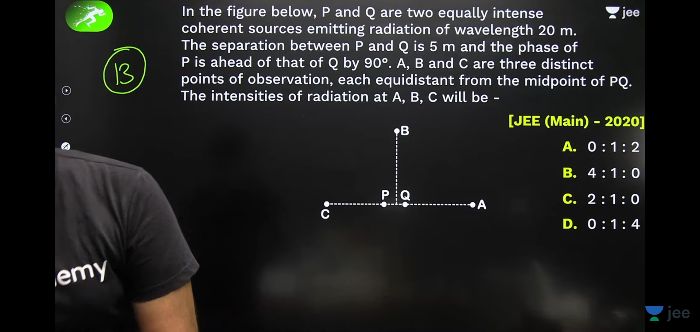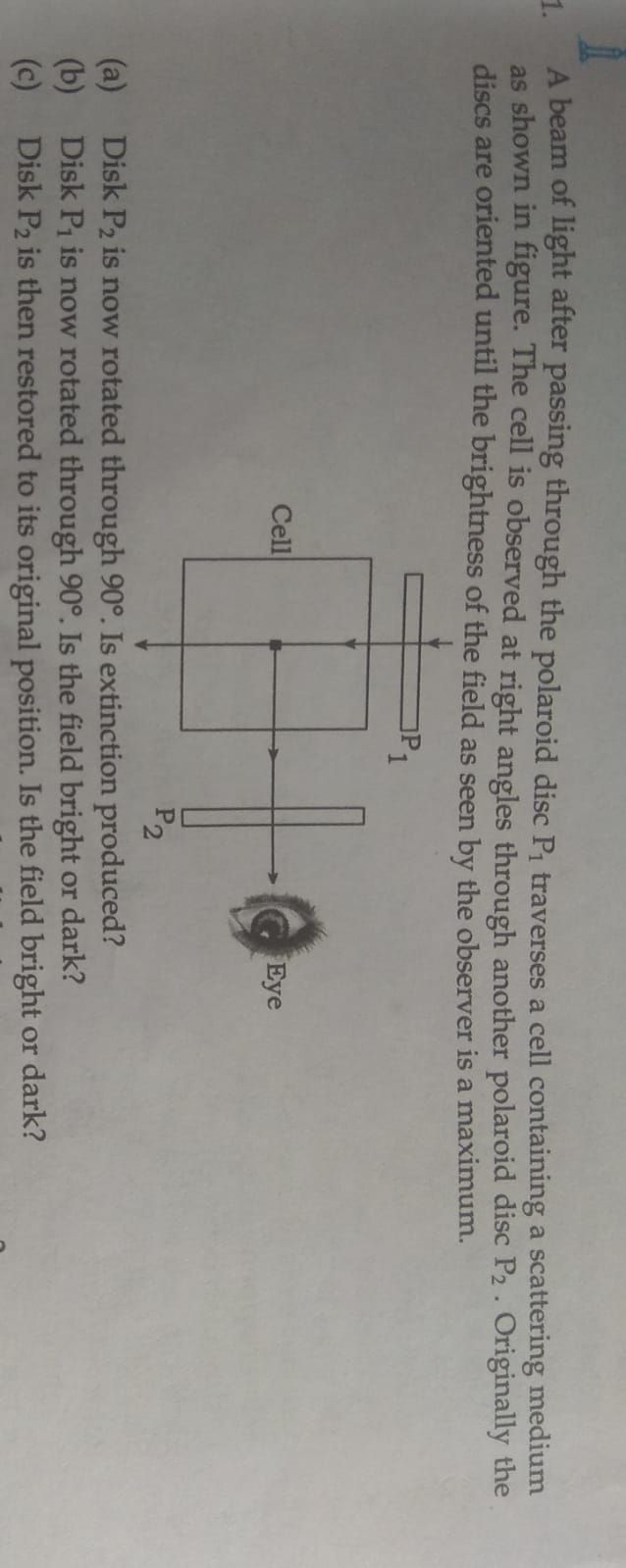CBSE Class 12-science Answered
- Diffraction at a single slit (Fraunhofer diffraction)
The phenomenon of bending of light round the sharp corners of an obstacle and spreading into the regions of the geometrical shadow is called diffraction.

- Expression For Fringe Width

Consider a parallel beam of light from a lens falling on a slit AB. As diffraction occurs, the pattern is focused on the screen XY with the help of lens L2. We will obtain a diffraction pattern that is a central maximum at the centre O flanked by a number of dark and bright fringes called secondary maxima and minima.
Central Maximum ? Each point on the plane wave front AB sends out secondary wavelets in all directions. The waves from points equidistant from the centre C lying on the upper and lower half reach point O with zero path difference and hence, reinforce each other producing maximum intensity at point O.
- Positions and Widths of Secondary Maxima and Minima
Consider a point P on the screen at which wavelets travelling in a direction making angle ? with CO are brought to focus by the lens. The wavelets from points A and B will have a path difference equal to BN.
From the right-angled ?ANB, we have
BN = AB sin?
BN = a sin? (i)
Suppose BN = ? and ? = ?1
Then, the above equation gives
? = a sin ?1
![]()
Such a point on the screen will be the position of first secondary minimum.
If BN = 2? and ?= ?2, then
2? = a sin ?2
![]()
Such a point on the screen will be the position of second secondary minimum.
The fringe width is given by
? = ?D/d
?=fringe width, D= distance between slits and screen , d=distace between slits and also , ?= wavelength








